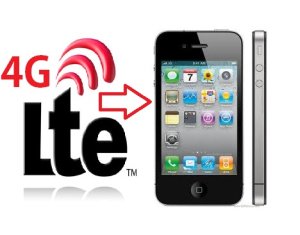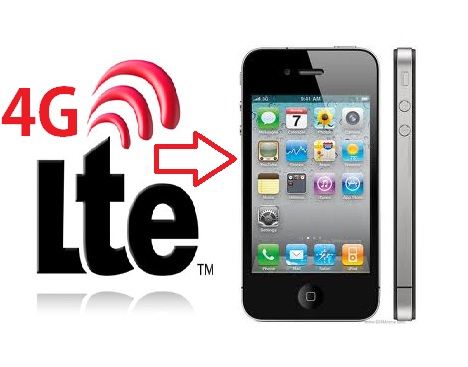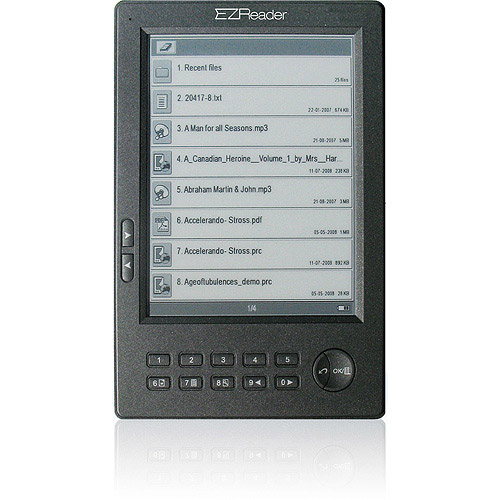 AT&T’s desire to eclipse Apple has been fostered over many years, but the curiously competitive relationship between the two firms was spiced up in 2011 after Apple defected to other high speed internet and wireless telecom firms. Having established a huge presence on the AT&T network, Apple sought to defect to rival carriers including Sprint, C-Spire and Verizon Wireless. The move certainly wounded AT&T, but not fatally so; in fact, AT&T maintains that it is the only carrier available that offers 4G services for the iPhone 4S, which has proved immensely popular on the AT&T network.
AT&T’s desire to eclipse Apple has been fostered over many years, but the curiously competitive relationship between the two firms was spiced up in 2011 after Apple defected to other high speed internet and wireless telecom firms. Having established a huge presence on the AT&T network, Apple sought to defect to rival carriers including Sprint, C-Spire and Verizon Wireless. The move certainly wounded AT&T, but not fatally so; in fact, AT&T maintains that it is the only carrier available that offers 4G services for the iPhone 4S, which has proved immensely popular on the AT&T network.
AT&T, therefore, has an additional incentive to overshadow Apple this year, but the carrier’s primary goal really ought to be to beat its direct rivals in the race to establish the most popular and reliable 4G LTE network. The telecoms giant had planned to service a total of 15 markets by the end of 2011. That figure was reached in November when six new markets (Puerto Rico, Las Vegas, Charlotte, Kansas City, San Juan, Oklahoma City and Indianapolis) were added to AT&T’s 4G LTE network as part of the so-called Big Blue plan, which aims to provide full coverage across the States).
AT&T also planned to provide wireless access for 70 million US customers by the end of the current year. Estimates suggest that AT&T had already exceeded this figure by December 2011. While AT&T pushes ahead with LTE network building on an ‘expand-by-demand’ basis, the firm does have a product up its sleeve that threatens to steal the spotlight from Apple.
The Samsung Galaxy Tab 8.9 is now available on AT&T’s 4G LTE (4G HSPA+) network. Powered by the popular Android 3.2 operating system, it is currently on offer for a limited period for AT&T customers who commit to a two-year contract. The tablet PC – widely tipped to prove a match for the all-conquering Apple iPad 2 – features a 8.9-inch HD widescreen display, 3.2 megapixel camera (rear), 2 megapixel camera (front), 1.5 GHz dual core processor (Snapdragon), 16GB internal memory (expandable to 32GB) and 1GB RAM. Unlike the iPad 2, Adobe Flash is supported – a clincher for many customers.
AT&T also intends to counter the defection of the Apple iPhone 4/4S by launching the Nokia Lumia 900 in the first quarter of 2012. This next-generation smart phone, which has been designed for use on the 4G LTE network, will not be available through Verizon Wireless and other rival carriers. Boasting a powerful 1.4GHz processor, 8 megapixel camera and 16GB-32GB storage capacity, the stylish Nokia Lumia 900 poses a direct threat to Apple’s perceived dominance in the smart-phone market.
In summary, AT&T has been accused of overbuilding its 4G LTE network to save face, but the truth is simply that the carrier will be playing catch-up well into 2012 if it wants to overshadow one of its main rivals. According to the latest figures, Verizon Wireless has managed to provide LTE coverage for as many as 186 million US customers – more than twice the number achieved by AT&T. Far from aiming to put Apple in the shade, AT&T needs to work hard to keep up with rapidly changing network technology.


























Leave a Reply